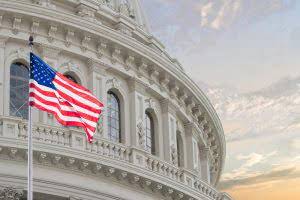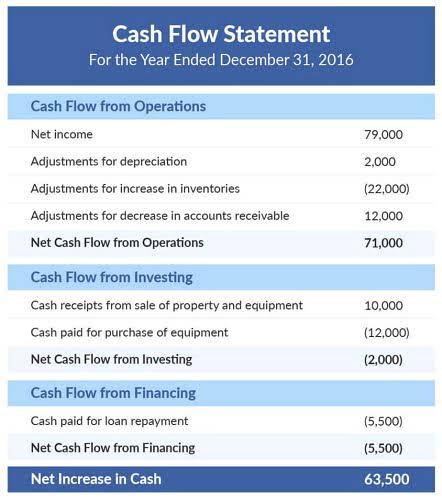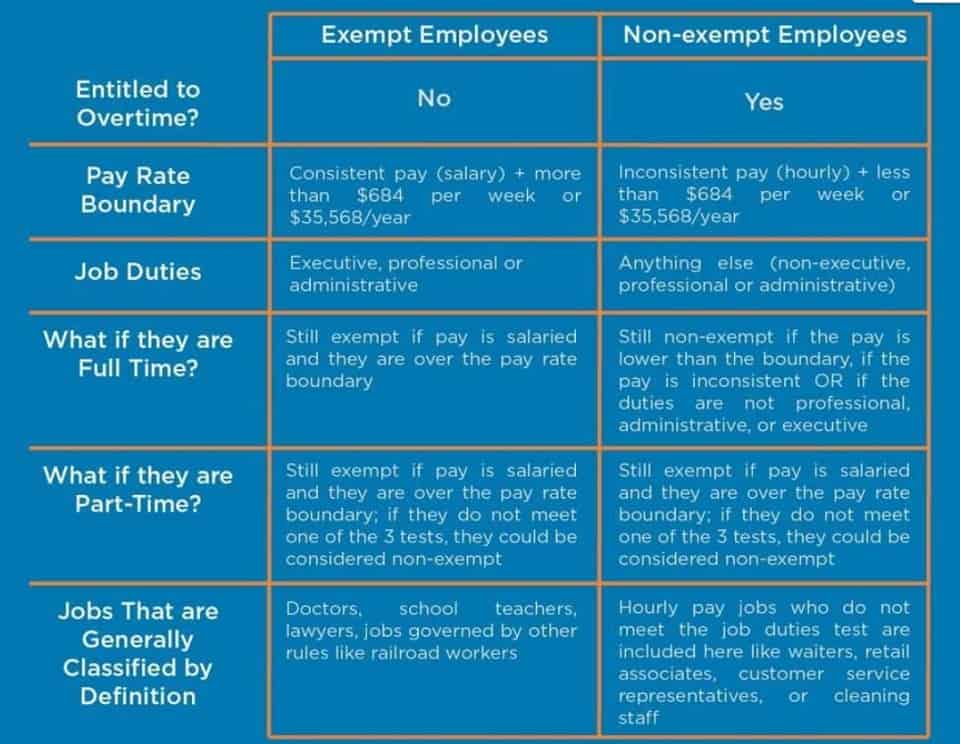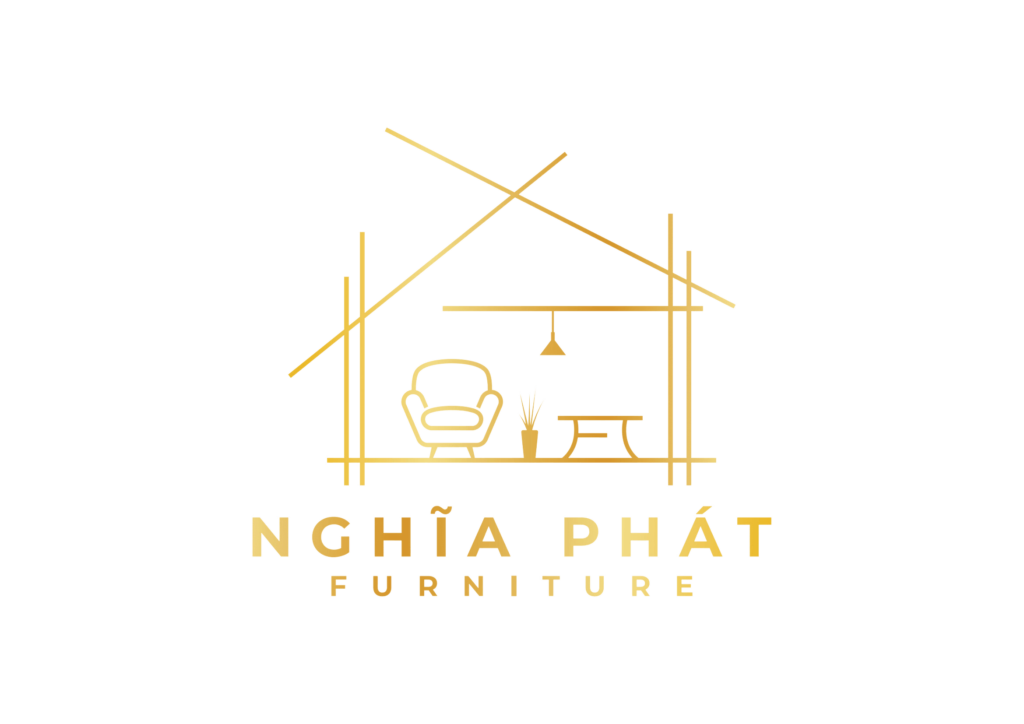Bookkeeping
Product and Period Cost Classification in Accounting

List the four components of a manufacturing statement and provide specificexamples of each for Apple.
- It includes direct materials (e.g., lumber for furniture), direct labor (e.g., wages of assembly line workers), and manufacturing overhead (e.g., factory utilities).
- After almost a decade of experience in public accounting, he created MyAccountingCourse.com to help people learn accounting & finance, pass the CPA exam, and start their career.
- Period costs are immediately expensed on the income statement, affecting net income.
- Therefore, before talking about how a product cost differs from a period cost, we need to look at what the matching principle says about the recognition of costs.
Nội dung chính
- 1 How do service organizations account for costs differently from manufacturing companies?
- 2 Product vs. Period Costs
- 3 Definition of Period Costs
- 4 Examples
- 5 📆 Date: June 28-29, 2025🕛 Time: 8:30-11:30 AM EST📍 Venue: OnlineInstructor: Dheeraj Vaidya, CFA, FRM
- 6 Module 1: Nature of Managerial Accounting
- 7 Is depreciation a period cost?
How do service organizations account for costs differently from manufacturing companies?
Whether it’s a one-off product or a SaaS subscription, understanding product cost is crucial for any business to succeed. Breaking down your costs into materials, labor, overhead, and other expenses reveals insights into where your money is going. The treatment of period costs within the financial records of a company is a meticulous process that ensures accurate reflection of the business’s financial performance. This accounting practice is not only a compliance measure but also provides valuable insights for internal management and external stakeholders. This purchases budget is required to calculate the amount of raw material that needs to be purchased for the production process and estimate the related costs.
Product vs. Period Costs

That is why overheads are indirect costs that include indirect labor and material costs. Product costs are costs that are incurred to create a product that is intended for sale to customers. Product costs include direct material (DM), direct labor (DL), and manufacturing overhead (MOH). The raw materials that get transformed into a finished good by applying direct labor and factory overheads are direct in cost accounting.
Definition of Period Costs
Knowing the true costs of development can help you determine what features to build, whether for an MVP or for your next major update. This may seem like an additional cost at first, but quality assurance (QA) is crucial to spotting errors and bugs. Without QA, your development costs could increase and your timeline can extend further than originally anticipated. Customer research may be the most important step in building and maintaining any product. Many product managers and stakeholders think they know what the customer wants.
Examples
Distinguish between \((a)\) factory overhead and \((b)\) selling andadministrative overhead. At the end of the period, the inventory period costs that remains unsold is the closing inventory. It must be accurately counted and valued at either the cost or the market price, whichever is lower, following the ‘Lower of Cost or Market’ rule. Here, purchases include all costs necessary to prepare the inventory for sale, not just the invoice price. Discounts, returns, and allowances that affect the purchase price are also considered in this calculation. The period began with zero opening WIP and finished goods, and raw material levels remained constant.
📆 Date: June 28-29, 2025🕛 Time: 8:30-11:30 AM EST📍 Venue: OnlineInstructor: Dheeraj Vaidya, CFA, FRM
- These fringe benefit costs can significantly increase the direct labor hourly wage rate.
- Direct materials, direct labor, and factory overhead are combined to form the products to be sold, hence the term “product costs”.
- With a solid financial plan in place, you can identify which components are driving up your product costs and adjust accordingly.
- On the other hand, a sales price higher than the cost per unit results in gains.
The remaining inventory of 200 units online bookkeeping would not be transferred to cost of good sold in 2022 but would be listed as current asset in the company’s year-end balance sheet. These unsold units would continue to be treated as asset until they are sold in a following year and their cost transferred from inventory account to cost of goods sold account. Period costs include selling expenses and administrative expenses that are unrelated to the production process in a manufacturing business. Selling expenses are incurred to market products and deliver them to customers.

Module 1: Nature of Managerial Accounting

All of these expenses are required in order to turn a raw material into a finished good. Since these expenditures create value and benefit in future periods, they are reported on the balance sheet instead of being expensed on the income statement. Expenses incurred to sell the finished inventory, on the other hand, are not considered product costs.
Is depreciation a period cost?

By aiming to create a useful product with minimal features, you can avoid spending too much time and money on features that may or may not resonate with your target market. Backing up your assumptions with data can bolster your confidence that you are building a product that actually meets the needs of your customers. Alternatively, customer research can show that you are on the wrong path Bookkeeping for Consultants and need to pivot.

